Books to Help Your Kids Navigate The Election Year
For many of us, our instinct as parents is to protect and shelter our kids from the hard stuff – the adult stuff we don’t think they need to worry about. As the election year continues to ramp up, our kids are going to start having questions. Our older kids are going to have concerns. We need to be proactive and start the discussion. Below are some age-appropriate reading materials to use when discussing this complicated topic with your kids and teenagers, as well as additional resources and readings for parents.
We are preparing them to take their places as adult citizens who know how to participate in the system, how to ask questions of elected officials and hold them accountable, how to be an informed voter, and how to talk to other citizens in constructive ways so that common problems can be solved.
Elizabeth Washington | Professor of Education at The University of Florida
0 – 3 Years
Board books are a great way to investigate different concepts and take a look at how our world works. We have board books on quantum computing and general relativity, so why not pick one up that introduces your kiddo to the basics of our government? These board books will help get them comfortable with these new words, which will set the basis for successful conversations in the future.
Baby Loves Political Science: Democracy!
Ruth Spiro
Baby learns what it means to participate in a democracy where everyone has a voice in electing our leaders.
Baby Loves Political Science: The Presidency!
Ruth Spiro
A fun and easy introduction for baby to the three branches of the US government, focusing on the executive branch.
Citizen Baby: My Vote
Megan E. Bryant & Daniel Prosterman
Citizen Baby knows a thing or two about voting. It’s important to meet the candidates (they love babies!) and to call voters. Plus, you get a sticker at the polls!
Citizen Baby: My Vote
Megan E. Bryant & Daniel Prosterman
What does the president do all day? Citizen Baby knows! Learn all about the most powerful person in the world from the most powerful person in the household.
4-10 Years
When your kid enters school, they’re ready to start learning more in-depth concepts like what democracy is, how decisions are made in our government, and the different offices. At this age, you’ll want to provide general and objective information and focus on the functions of an office instead of individual politicians. This is also a great time to get them excited about voting in the future.
Picture Books
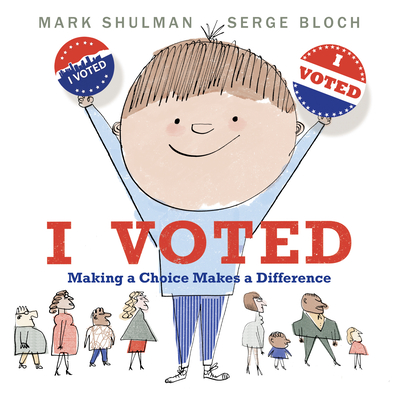
I Voted: Making a Choice Makes a Difference
Mark Shulman
With the next presidential election upon us, this witty, nonpartisan book will help explain the concept of voting to the youngest readers.
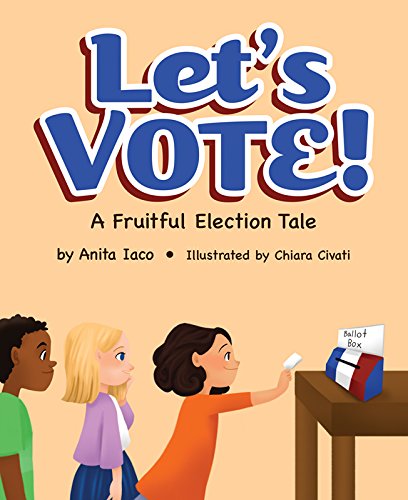
Let’s Vote! A Fruitful Election Tale
Anita Iaco
Miss Jenn is teaching her students about voting and she is using fruit to do so.

The President of the Jungle
André Rodrigues, Larissa Ribeiro, Paula Desgualdo, & Pedro Markun
Unhappy with Lion, the king of the jungle, the animals hold an election to choose a new leader.
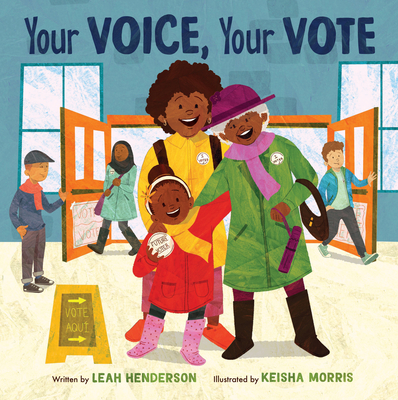
Your Voice, Your Vote
Leah Henderson
It’s Election Day, and Quetta, her mother, and her grandmother embark on their journey to cast their vote. Trekking through their vibrant neighborhood, they meet obstacle after obstacle before and after reaching their voting station. Unwilling to give up, Quetta’s mother and grandmother teach her about the importance of voting.
Early Readers

Our Government: President
Kirsten Chang
The president is the leader of the United States! This person is tasked with making important decisions for the nation. In this text, leveled text and relevant photos introduce beginning readers to the basics about the duties of this civil servant.
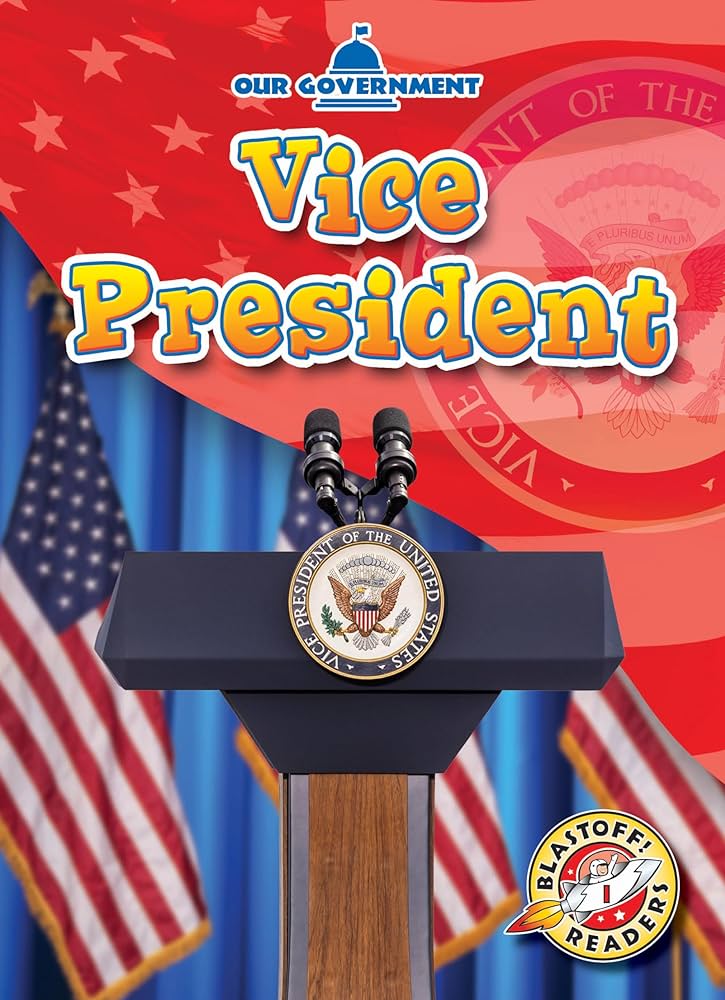
Our Government: Vice President
Kirsten Chang
The vice president is second-in-command to the president of the United States! This important leader has many duties, including taking over the role of the president! In this book, beginning readers will discover what this important job is all about through leveled text and interesting photos.
Chapter Books
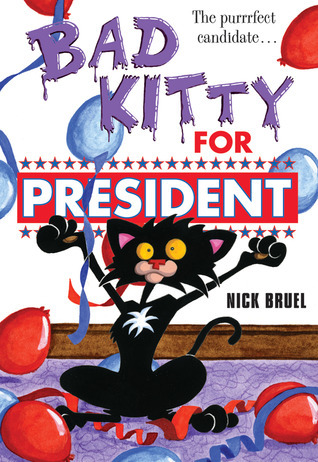
Bad Kitty for President
Nick Bruel
It’s time to elect a new president of the Neighborhood Cat Club! Will it be the candidate from the left side of the street or the right side of the street? When election time rolls around, one candidate (guess who?) will learn what it means to be a good winner and a good loser–and the importance of making your voice heard.

The Questioneers: Sofia Valdez and the Vanishing Vote
Andrea Beaty
Sofia is put in charge of overseeing a fair election for a class pet, but first the Questioneers must learn about elections and good journalism–and remember that being a community matters most. Includes facts about the Delano Grape Strike, presidential elections, journalism, and the importance of voting.
Children’s Non-Fiction

Does Voting Matter?
Leslie Beckett
Society can by cynical at times, and this can lead to apathy. One example of this is the question of whether or not a person’s individual vote in an election actually matters. Readers are exposed to the different points of view about this hot-button topic, and they learn to develop their own viewpoint about the democratic process and to back it up with relevant facts.
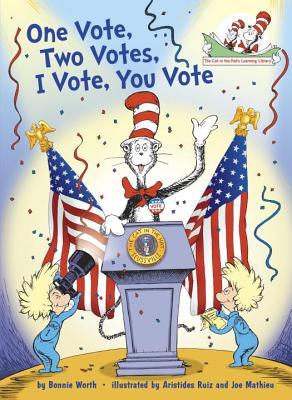
One Vote, Two Votes, I Vote, You Vote
Bonnie Worth
Introduces early readers to the concept and practice of voting–with a focus on the American presidency. Learn the basic principles of democracy, how political parties are formed, why Election Day is held in early November, and much, much more.
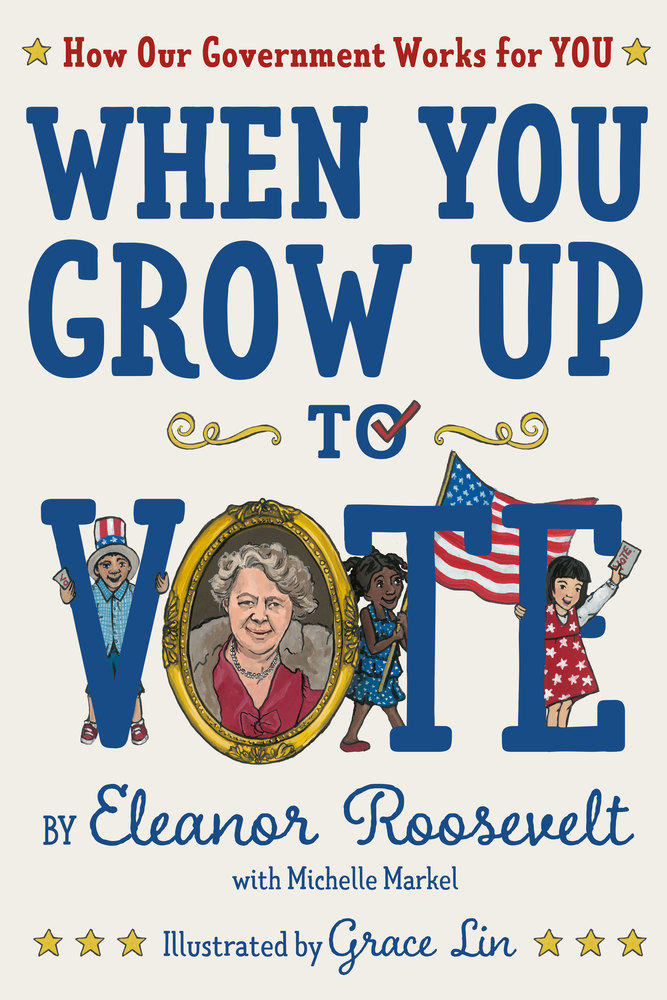
When You Grow Up to Vote: How Our Government Works for YOU
Eleanor Roosevelt with Michelle Markel
In the voice of one of the most iconic and beloved political figures of the twentieth century comes a book on citizenship for the future voters of the twenty-first century. Eleanor Roosevelt published the original edition of When You Grow Up to Vote in 1932, the same year her husband was elected president. The new edition has updated information and back matter as well as fresh, bold art from award-winning artist Grace Lin.
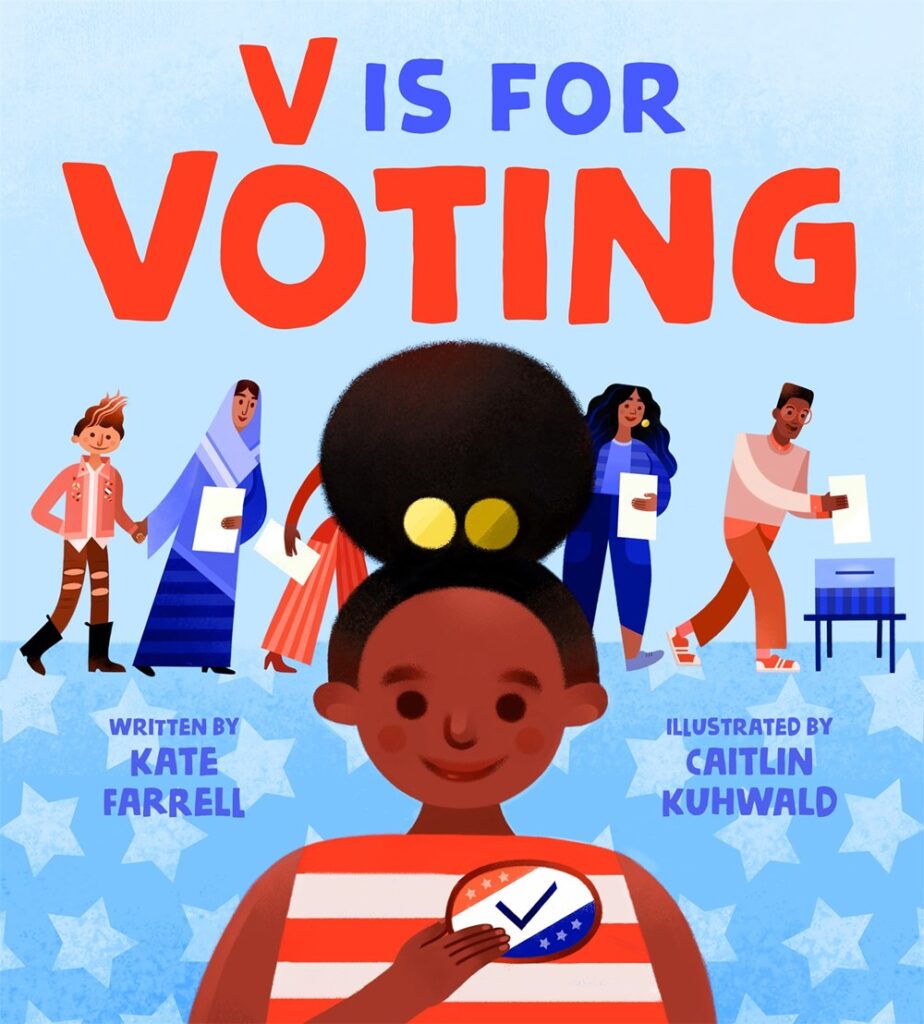
V Is for Voting
Kate Farrell
A timely picture book that acts as an introduction to civics for young readers.
Preteens & Teenagers
Preteens and teenagers are ready to start talking about more in-depth concepts and issues related to current elections. While it may feel uncomfortable to talk about issues like abortion, immigration, the climate crisis, or terrorism, it’s very likely that your kids (especially if they’re teenagers) already have concerns about it. Now is the time to discuss the current state of political parties and talk about the values they are already forming.
Teen Fiction

The State of Us
Shaun David Hutchinson
Dean and Dre, the seventeen-year-old sons of the Republican and Democratic candidates for president of the United States, fall in love on the sidelines of their parents’ presidential campaigns.
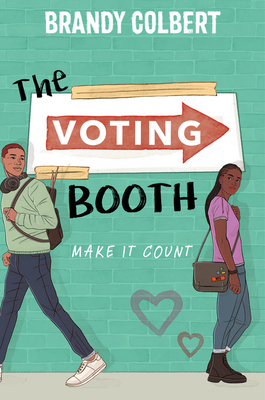
The Voting Booth
Brandy Colbert
Marva Sheridan was born ready for this day. She’s always been driven to make a difference in the world, and what better way than to vote in her first election? Duke Crenshaw is so done with this election. He just wants to get voting over with so he can prepare for his band’s first paying gig tonight. Only problem? Duke can’t vote. When Marva sees Duke turned away from their polling place, she takes it upon herself to make sure his vote is counted.
Wide Awake Now
David Levithan
When David Levithan published Wide Awake in 2004, he set it in an imagined 2024, where a gay Jewish man had just been elected president of the United States, until a governor decides that some election results in his state are invalid, awarding crucial votes to the other candidate and his fellow party member. What follows is the story of teens Jimmy and Duncan as they explore their relationship, their politics, and their country. In Wide Awake Now, David Levithan is flipping the script and rewriting Jimmy and Duncan’s story in the real 2024, rather than his imagined version.
Running
Natalia Sylvester
When fifteen-year-old Cuban American Mariana Ruiz’s father runs for president, Mari starts to see him with new eyes. A novel about waking up and standing up, and what happens when you stop seeing your dad as your hero-while the whole country is watching
Teen Non-Fiction

Voters: From Primaries to Decision Night
Robert Grayson
It all comes down to the voters, right? But how does the voting process work? Readers will explore the effects of primaries and caucuses, voter mobilization and turnout isssues, and processes used to count the votes and determine the winner.
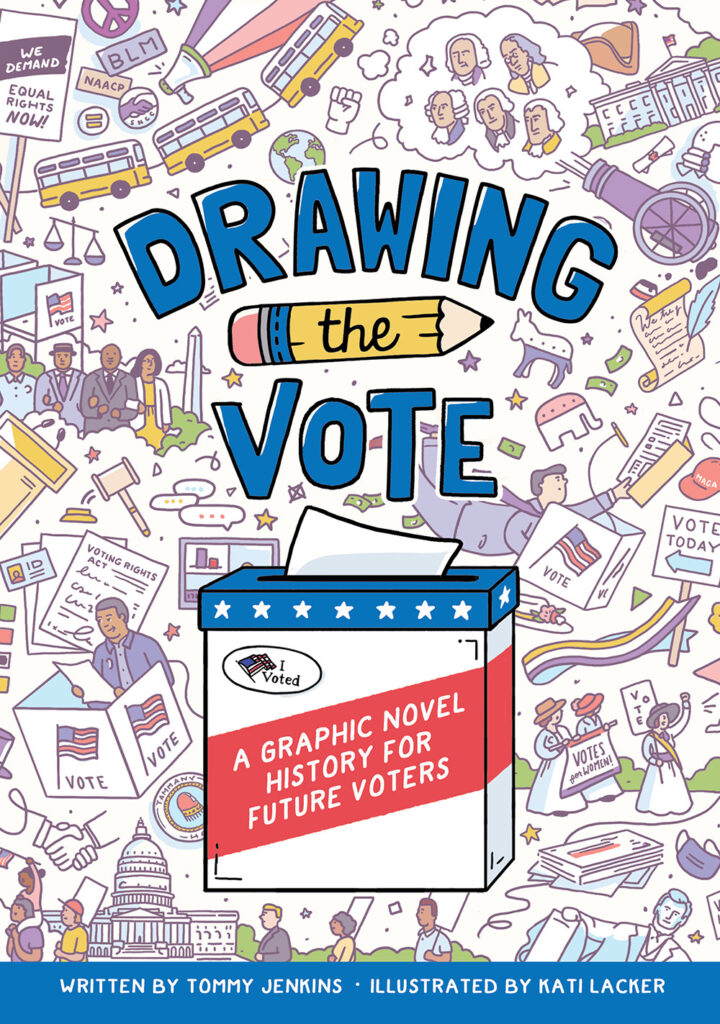
Drawing the Vote: A Graphic Novel History for Future Voters
Tommy Jenkins & Kati Lacker
How the history of American voting rights has shaped the way we vote today Coinciding with the 2020 US presidential election, Drawing the Vote, an original graphic novel, looks at the history of voting rights in the United States and how it affects the way we vote today.
Additional Reading & Resources for Parents
Articles
Below are some articles and guides written by educational experts. These additional readings offer more in-depth advice you can use when starting your discussions.
Resources
When talking to preteens and teenagers, there’s a chance that they’ll be curious about topics that you aren’t comfortable discussing or don’t have as much information as you’d like. In addition to the books below, check out Points of View Reference Center. This resource is available through the library and covers many topics from multiple perspectives, including censorship, election interference, and international relations.
There’s a chance that your teenager will be able to vote in November or for the elections coming up in two years. Pew Research Center has a quiz you and your teenager can take that will help them determine what political party most aligns with their values. You could either take it together or let your teenager take it on their own and go over the results together. Either way, this is a great way to discuss their values and how everyone has different values.
Nicole Chipp is a Library Assistant. She is part of the Poudre Libraries Equity, Diversity, and Inclusion committee! Are you talking to your kids about complicated topics and need more reading suggestions? Let us know!

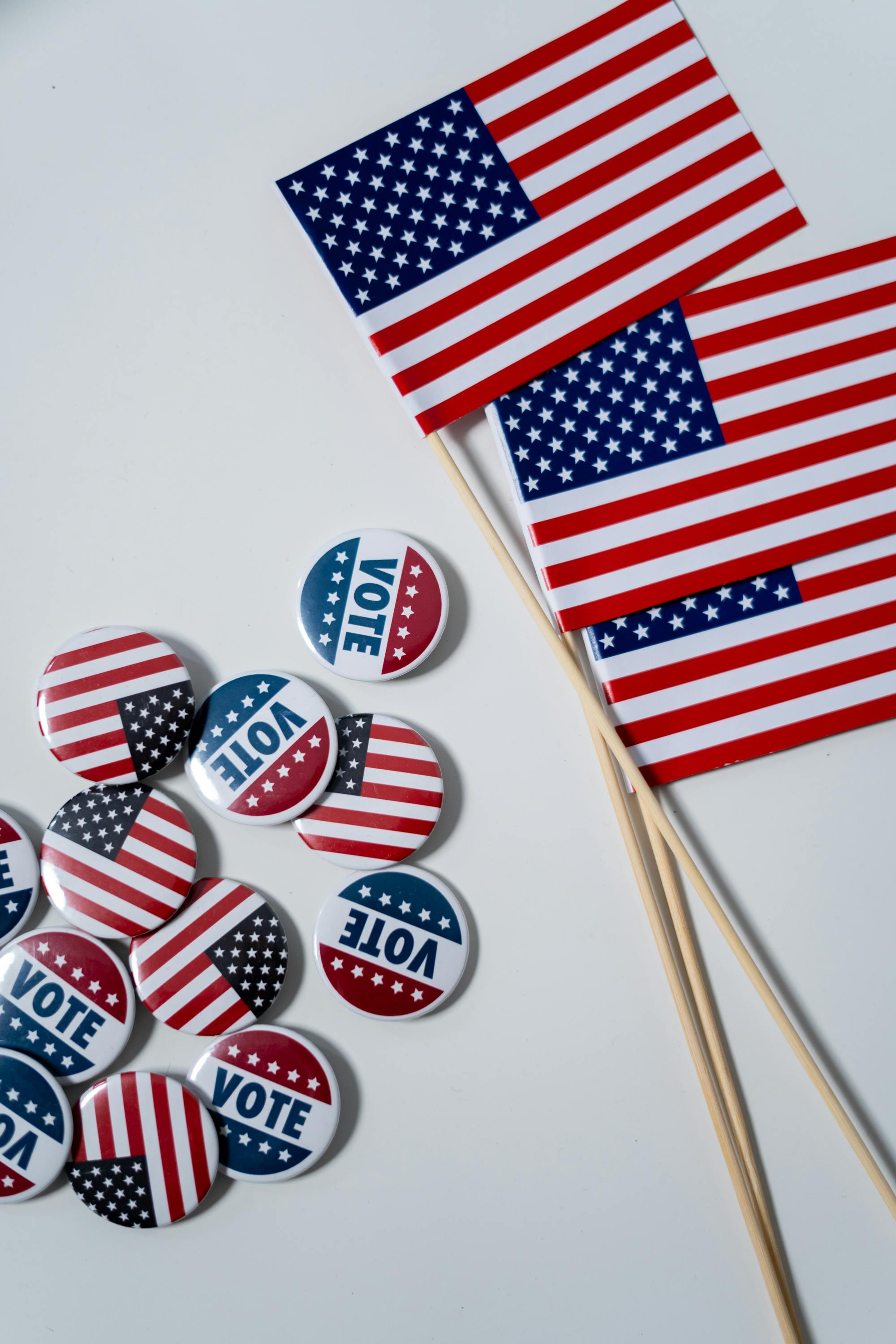

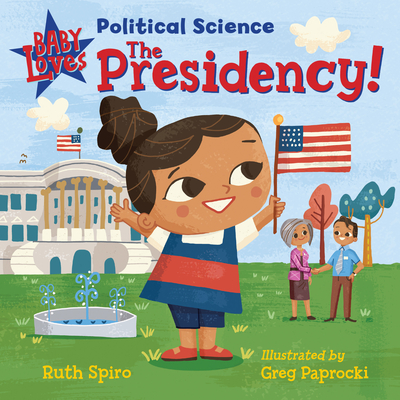
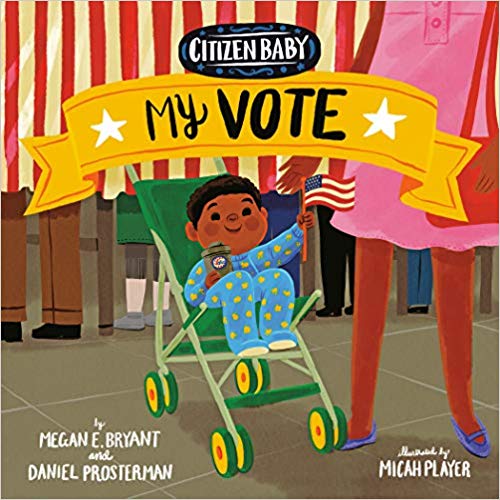
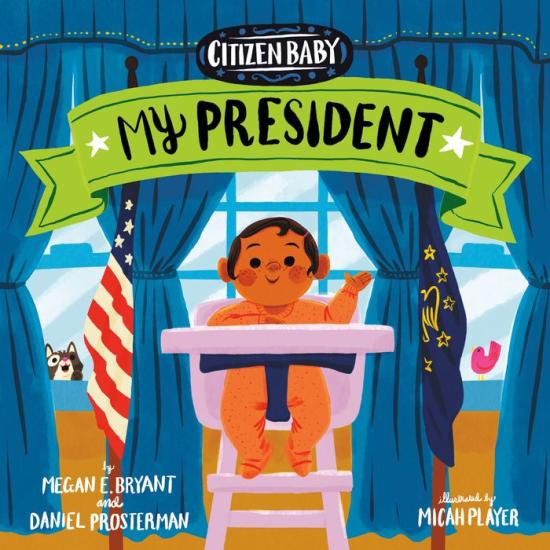
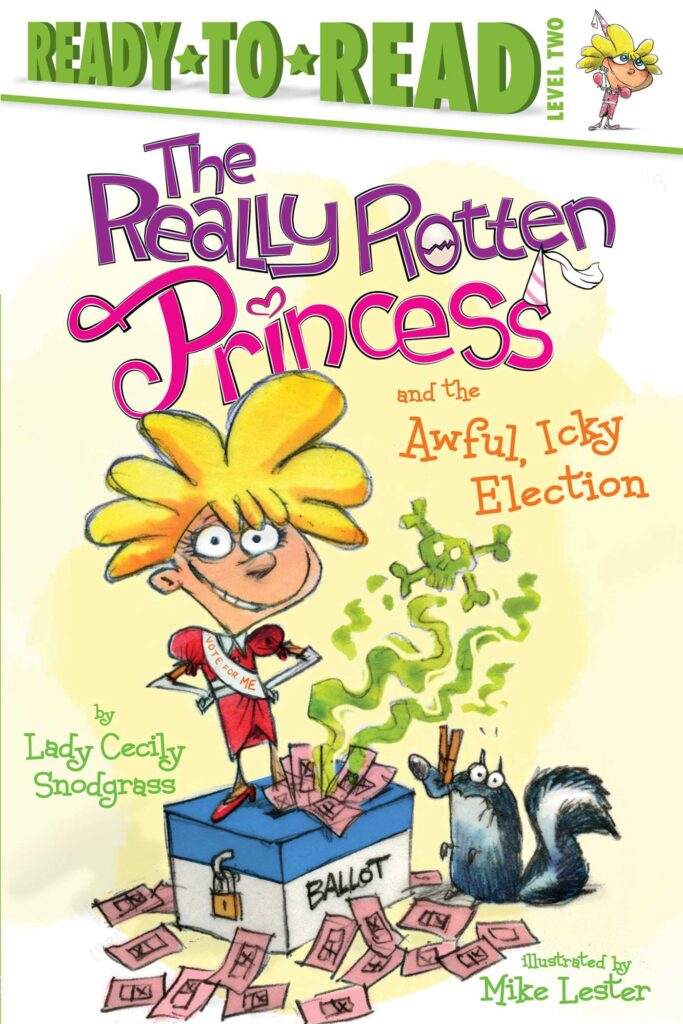


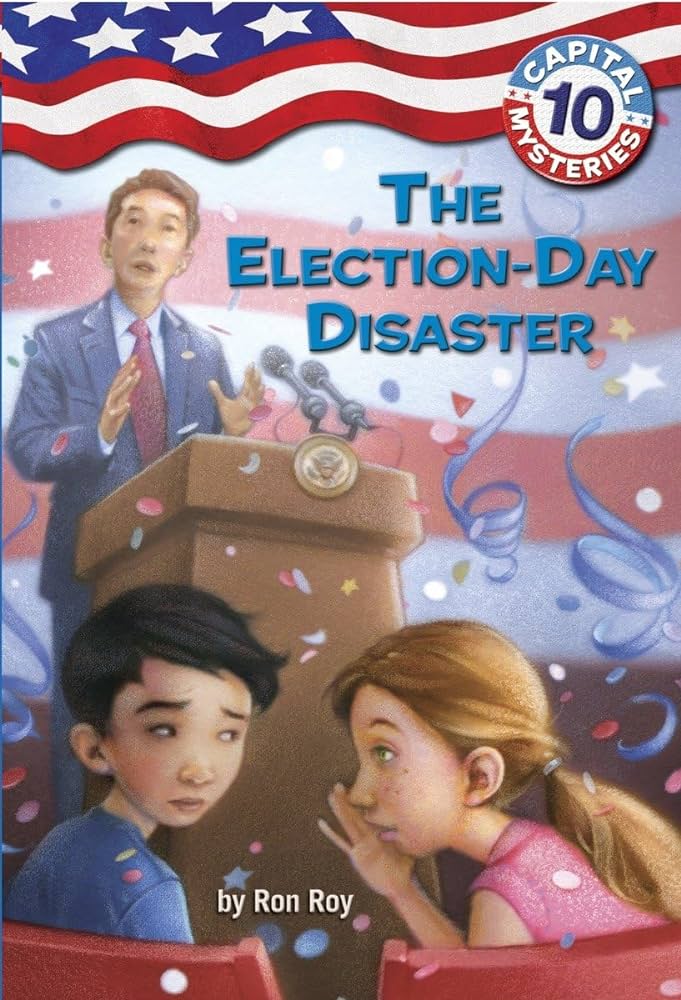
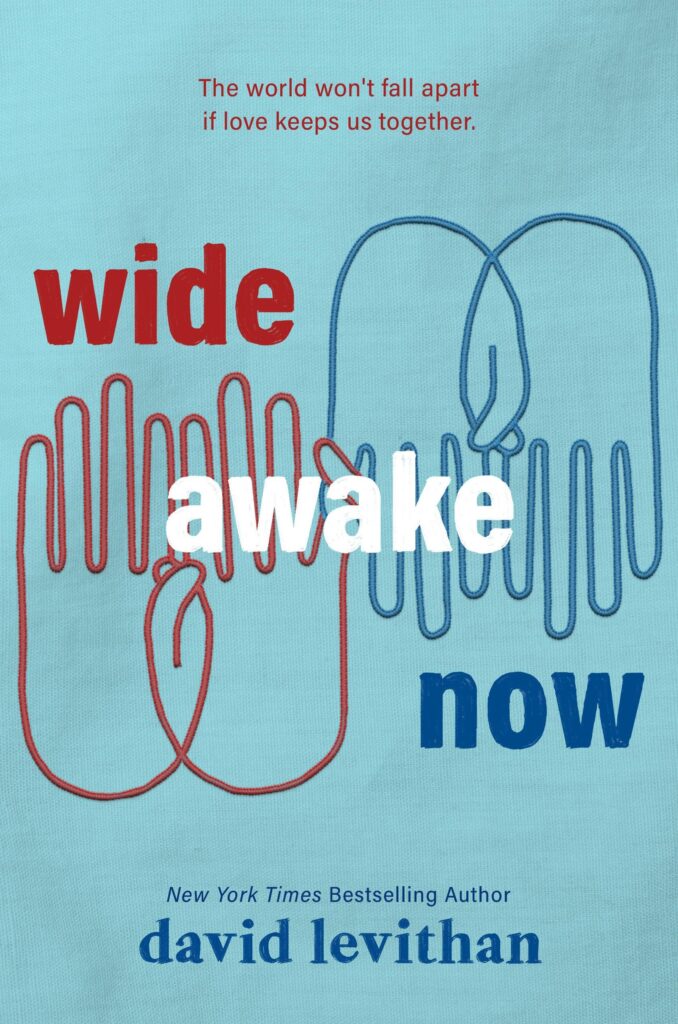

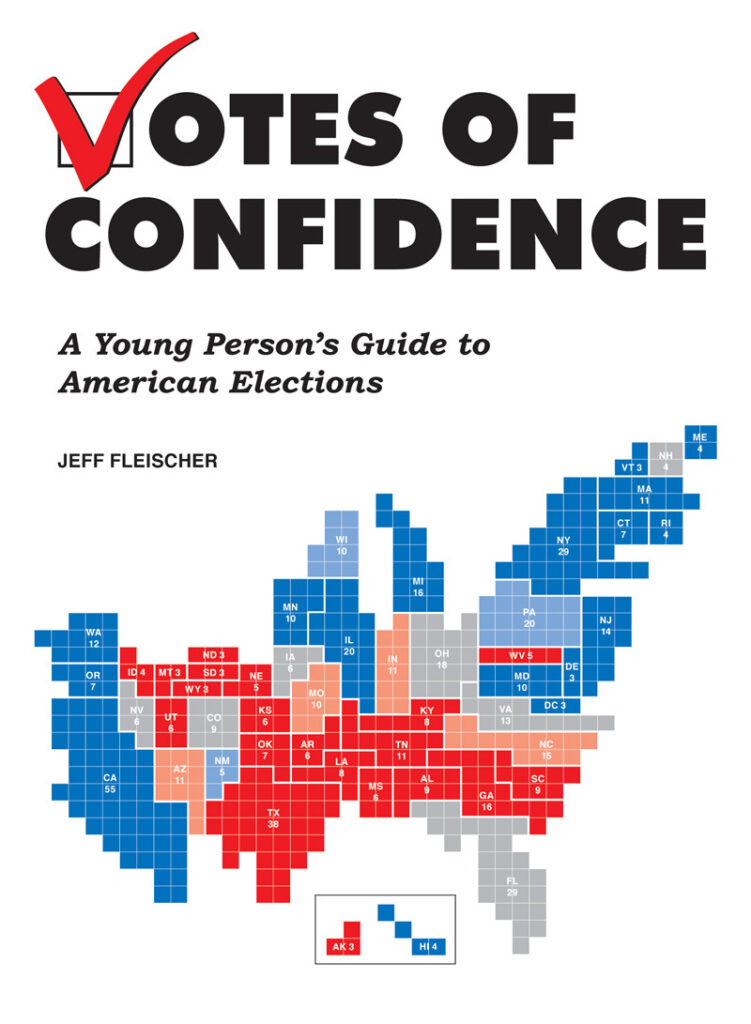
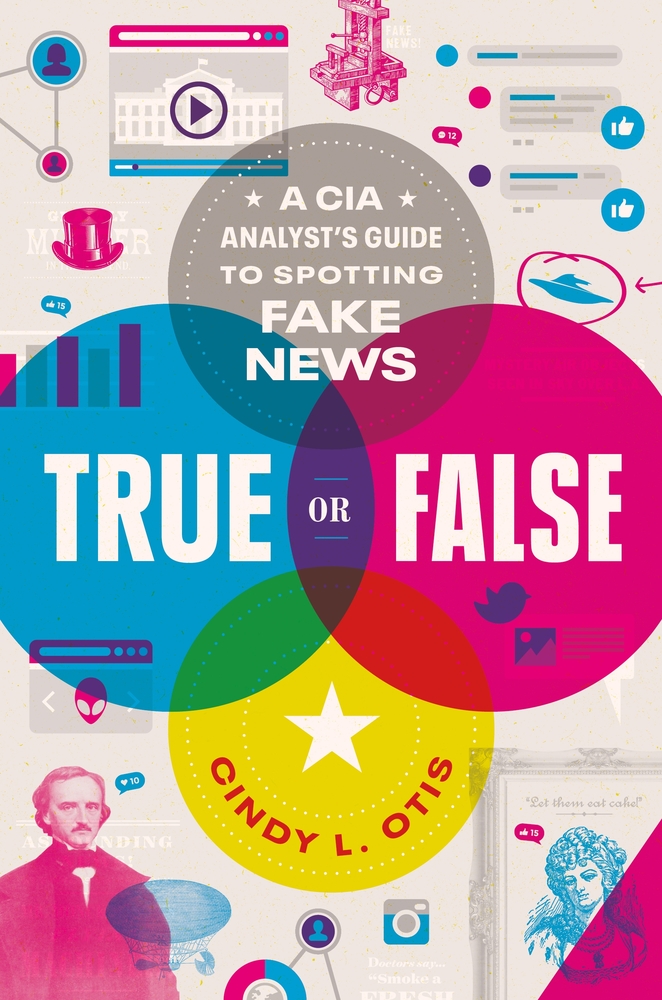
Please educate yourself in civics and government. Regardless of how the media perceives this and how our elected officials refer to it, the United States is officially a federal constitutional republic, not a direct democracy. Here are some key points on this distinction:
– The U.S. has a republican system of government where citizens elect representatives at different levels (federal, state, and local) to make governing decisions on their behalf.
– It is not a pure democracy where citizens directly vote on every issue and law. This was a conscious choice by the Founding Fathers, who were wary of the potential instability and tyranny of the majority in a direct democracy.
– The U.S. Constitution established a federal system dividing powers between the national government and state governments, with checks and balances through three branches (executive, legislative, and judicial) at each level.
– So in technical terms, the U.S. is a federal constitutional republic and a representative democracy, not a direct democracy where the majority can directly impose its will.
~ Thanks